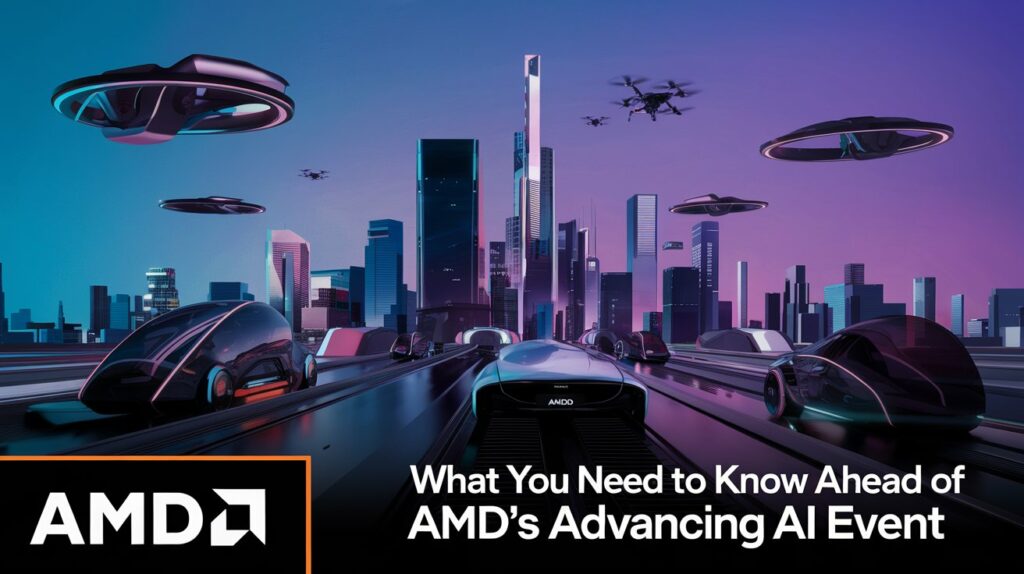
Prince Thakur
7 months ago
What You Need To Know Ahead of AMD’s Advancing AI Event
The 2024 Advancing AI event, which Advanced Micro Devices (AMD) is preparing to present on Thursday, could be a "catch-up catalyst" for the chipmaker, according to Bank of America analysts. At the event, AMD is anticipated to showcase its line of Instinct GPU accelerators and EPYC server processors. It may also provide an insight into its strategy for gaining a bigger portion of the AI accelerator market.

Analysts anticipate a follow-up to AMD's accelerators from the fourth quarter of 2023, which were introduced in the MI300 series. According to Bank of America analysts in a note published on Wednesday, the company is off to a great start in its first year of accelerator sales and is on track to generate more than $4.5 billion in sales this year. This positive outlook is supported by the increasing demand for high-performance computing solutions in various industries. Additionally, AMD's strong partnerships with key players in the AI and data center markets are expected to further drive its growth in this sector.
How AMD Could Grow Its AI Market Share
The key concern is how much of a market share it can get given that Nvidia (NVDA) is the industry leader in artificial intelligence. Over the next few years, AMD is predicted by analysts to hold an approximately 5% to 7% share of the AI accelerator industry, while Nvidia's share is likely to be close to 80%. However, according to Bank of America, the company would add almost $5 billion in sales if it could demonstrate a path to 10% by the end of 2026.
The news of well-known businesses using AMD's MI300 series accelerators could be beneficial. According to analysts, Microsoft (MSFT), Oracle (ORCL), Meta (META), and others may use AMD's MI300X already. Additional companies may be revealed during the event. This increased adoption by major tech companies could significantly boost AMD's market share in the AI accelerator industry. If AMD continues to secure partnerships with key players in the tech industry, it may have a better chance of reaching its target share of 10% by 2026.